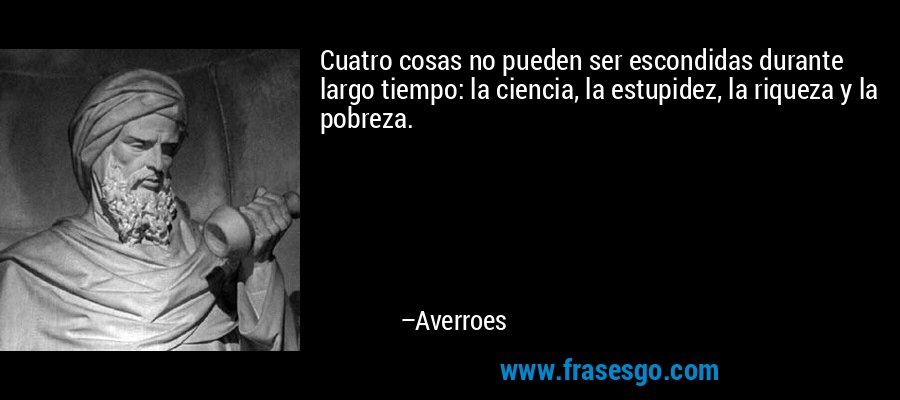BIOGRAFÍA
QUICK FACTS
- NAME
- Fernando Botero
- OCCUPATION
- Painter, Sculptor
- BIRTH DATE
- April 19, 1932 (age 83)
- PLACE OF BIRTH
- Medellin, Colombia
- FULL NAME
- Fernando Botero Angulo
- ZODIAC SIGN
- Aries
Fernando Botero, pintor y escultor, es uno de los artistas vivos más importantes de nuestra época. Botero nació en Medellín, Colombia, en 1932. Su padre era vendedor de mercancías y recorría las montañas de su tierra llevando sus productos de pueblo en pueblo a lomo de mula.
Cuando Fernando y sus hermanos eran sólo unos niños, su padre falleció, por lo que su madre tuvo muchas dificultades económicas para darles educación
.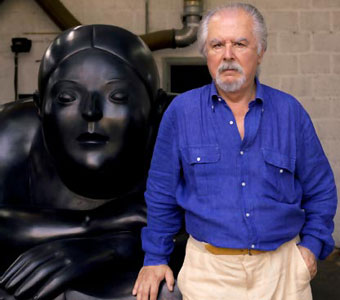
Fernando comenzó a dibujar desde muy joven y sus primeros temas fueron las corridas de toros, a las que asistía con un tío. El pintaba acuarelas de temas taurinos y las vendía en las puertas de la plaza de toros.
Mientras era estudiante de secundaria, escribió un artículo en un
periódico local llamado: “Picasso y el no conformismo en el arte”. A
causa de las ideas que expuso y de las ilustraciones que acompañaban el
artículo, fue expulsado del colegio.
A los 16 años se vinculó con el mismo periódico como ilustrador y con
el dinero que recibía, pudo pagar su educación. Dos años más
tarde realizó su primera exposición con otros pintores de la ciudad.
A los 19 años presentó su obra en Bogotá y gracias a la venta de
algunos cuadros se fue a Europa a estudiar. Vivió en España, Francia y
finalmente en Italia, donde además de sus estudios se dedicó a visitar
museos y a aprender de los grandes maestros.
A los 24 años se casó y se fue a vivir a México, allí comenzó a pintar
sus primeras formas redondeadas que son la característica principal
tanto de su pintura como de su escultura.

Durante varios años la crítica fue muy dura con su obra, su situación económica era difícil y sus cuadros no se vendían bien.
Antes de cumplir los 30 años, el Museo de Arte Contemporáneo de Nueva
York, le compró una obra llamada: “Monalisa a la edad de 12 años”.
Esta compra le dio el respaldo que necesitaba y desde ese momento comenzó a exhibir en los principales museos del mundo.
Características de su obra:
No sólo las personas, sino también los animales, las flores, las frutas
y los objetos son de formas redondeadas y desproporcionadas.
Pinta escenas de su país y de las experiencias que vivió durante su infancia. En sus
cuadros se pueden ver los pueblos, la arquitectura colonial y los paisajes y frutas de su tierra natal.
Representa con humor los símbolos de poder de la sociedad: presidentes, soldados, sacerdotes y obispos.
Sus colores son fuertes y brillantes.
En muchos de sus cuadros él recrea las obras de grandes artistas de la historia del arte universal.
Sus esculturas, tanto en bronce como en piedra, son redondeadas y suaves, algunas de ellas, de más de 2 metros de altura. Ellas han sido exhibidas en avenidas y plazas en las principales ciudades de cada continente.
En los últimos años Botero ha utilizado su arte para denunciar actos de guerra, terrorismo y torturas en diferentes lugares del mundo.
Estas obras las ha llevado a muchos países y no las ha querido vender. Las ha donado, para que ellas queden como testimonio para las generaciones futuras.
Fernando Botero is a Colombian artist known for creating bloated, oversized depictions of people, animals and elements of the natural world.
Synopsis
Born in Colombia in 1932, Fernando Botero left matador school to become an artist, displaying his work for the first time in a 1948. His subsequent art, now exhibited in major cities worldwide, concentrates on situational portraiture united by his subjects' proportional exaggeration.
Botero's work in his early years was inspired by pre-Colombian and Spanish colonial art and the political murals of Mexican artist Diego Rivera. Also influential were the works of his artistic idols at the time, Francisco de Goya and Diego Velázquez. By the early 1950s, Botero had begun studying painting in Madrid, where he made his living copying paintings hanging in the Prado and selling the copies to tourists.
The Maturing Artist
Throughout the 1950s, Botero experimented with proportion and size, and he began developing his trademark style—round, bloated humans and animals—after he moved to New York City in 1960. The inflated proportions of his figures, including those in Presidential Family (1967), suggest an element of political satire, and are depicted using flat, bright color and prominently outlined forms—a nod to Latin-American folk art. And while his work includes still-lifes and landscapes, Botero has typically concentrated on his emblematic situational portraiture.
 |
| JINETE MUSEO DE JERUSALÉN, ISRAEL |
After reaching an international audience with his art, in 1973, Botero moved to Paris, where he began creating sculptures. These works extended the foundational themes of his painting, as he again focused on his bloated subjects. As his sculpture developed, by the 1990s, outdoor exhibitions of huge bronze figures were staged around the world to great success.
Recent Works
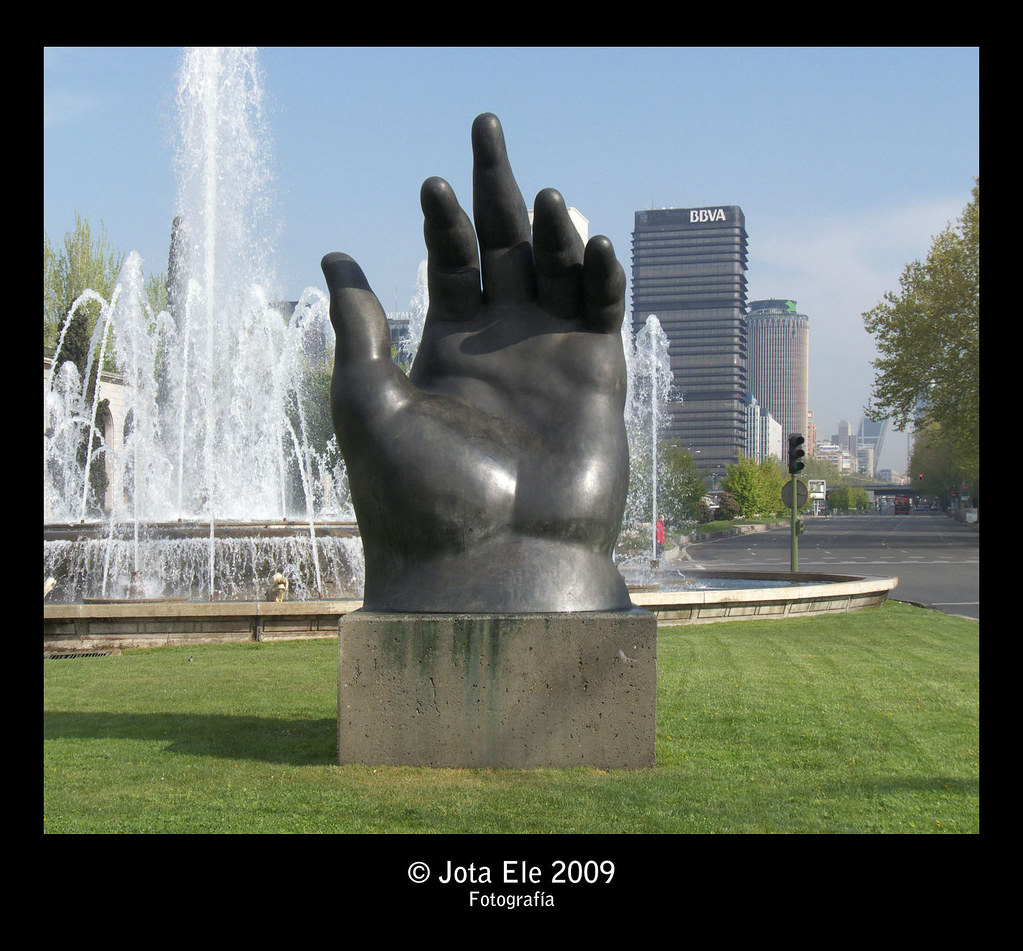 |
| ESCULTURA DE LA MANO, EN EL PASEO DE LA CASTELLANA |
In 2004, Botero turned to the overtly political, exhibiting a series of drawings and paintings focusing on the violence in Colombia stemming from drug cartel activities. In 2005, he unveiled his "Abu Ghraib" series, based on reports of American military forces abusing prisoners at the Abu Ghraib prison during the Iraq War. The series took him more than 14 months to complete, and received considerable attention when it was first exhibited in Europe.
Personal Life
Fernando Botero has been married three times, having wed current wife, Greek artist Sophia Vari, in the mid-1970s. He has several children as well, with one son having died as a child during a car accident. Botero continues to exhibit his works around the world.
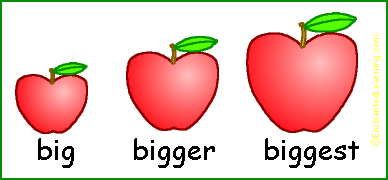




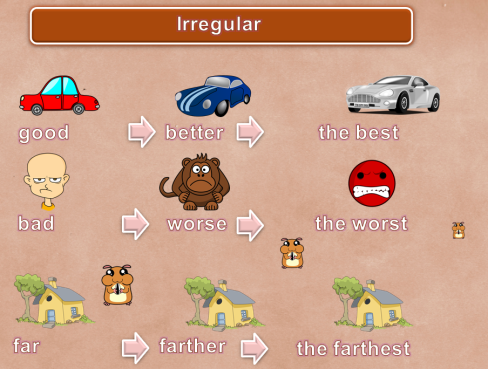










.jpg)


